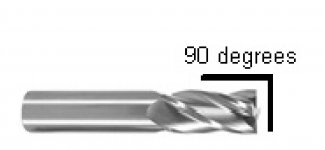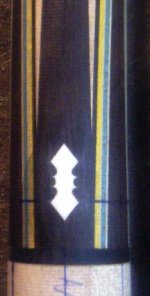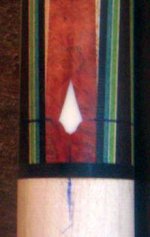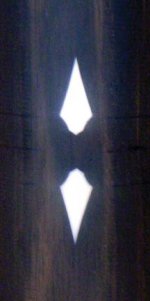Those are the two bits I described.
Those are the two bits I described. There are only TWO types of ninety degree bits. One that points straight down and one that points off to the side.
I already described how v groove is superior. By having a perfectly meshed contact glued with pressure it forces out the air gaps and glue bubbles that form. It makes a contiguous piece of wood as opposed to many pieces of wood attached to each other. Another mistake many cue makers make, is in the joining of the different parts of a cue, some will join them with a screw in the center of the wood. This causes the energies involved in hitting the ball to force their way outward and disperse rather than going straight through the center of the cue. That is also why I'm developing a new joint that allows a true center wood to wood contact.
ScottR said:And, because you know one way, then there are no other ways?
Who is the moron here?
The reason people cannot have this discussion on here is because people resort to name calling when they have no case.
http://www.grizzly.com/products/C1537
http://www.mlcswoodworking.com/shop...rthtml/pages/bt_ogee.html#edge_banding_anchor
Open your eyes and learn something, Jaden.
Can you prove that flat-bottomed is inferior? How? What about the v-groove cutting away part of the wood that has grown together and introducing new components that potentially have flaws and are not as interconnected?
If a computer runs the bit at an angle to the wood to create a v-groove, then the computer is not controlling it? HUH? Why is that more work? More work than what? What waste of effort?
Those are the two bits I described. There are only TWO types of ninety degree bits. One that points straight down and one that points off to the side.
I already described how v groove is superior. By having a perfectly meshed contact glued with pressure it forces out the air gaps and glue bubbles that form. It makes a contiguous piece of wood as opposed to many pieces of wood attached to each other. Another mistake many cue makers make, is in the joining of the different parts of a cue, some will join them with a screw in the center of the wood. This causes the energies involved in hitting the ball to force their way outward and disperse rather than going straight through the center of the cue. That is also why I'm developing a new joint that allows a true center wood to wood contact.
Last edited:




